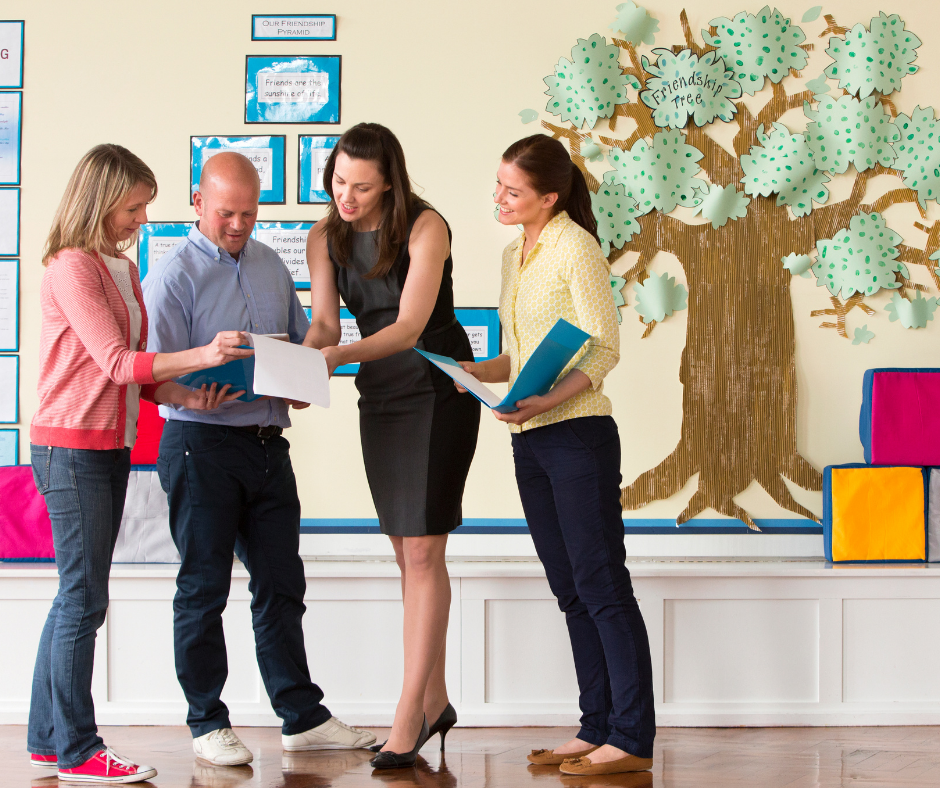School Psychological Safety: 6 Tips for K-12 Principals
Educators are shifting their focus to school psychological safety. Learn how you can help your teachers, staff, and students.
School psychological safety is a trending topic in education right now. While physical safety will always be important, after so much attention on preventing the COVID-19 virus from spreading, K-12 principals are shifting their focus to the psychological safety of their teachers, staff, and students.
To understand the importance of psychological safety, let’s consider a Google research project with the goal of discovering what made a team successful. After conducting “Project Aristotle,” Google researchers “found that what really mattered was less about who is on the team and more about how the team worked together.” The number one factor? Psychological safety. Praised as the secret to workplace success, psychological safety applies to your school’s hallways and classrooms as much as it does to the offices — or Zoom meetings — of the tech and business world.
Read on to learn more about developing psychological safety in school.
Tips to Develop School Psychological Safety: Your Teachers and Staff
-
School Psychological Safety Starts and Ends With Leadership
If your teachers and staff don’t feel safe, your students won’t feel safe either. People fear the unknown. So, to thrive, they must feel confident in what’s expected of them. As the principal of your school, it’s on you to be transparent and set clear expectations. In turn, your teachers and staff will be empowered to likewise lead their students with transparency and clear expectations.
-
That Mistakes are Inevitable
People make mistakes every day. You. Your teachers. Your support staff. Your students. Why act like it’s any different? Acknowledging that mistakes are inevitable is freeing. Allow your teachers and staff to seek help when they make an error. Be clear that mistakes are inevitable, even okay, but it’s important to acknowledge and learn from them when they happen.
-
Shared Language Required
True Colors helps K-12 schools of all types and sizes create a shared language and improve their communication. When teachers and staff share a universal language, they can better discuss challenging topics such as their differences, fears, or struggles. A shared language in your school means a more diverse, inclusive, and psychologically safe environment is possible.
Tips to Develop Psychological Safety in School: Your Students
-
Regularly Offer Help
Just like with your teachers and staff, an environment where students are comfortable seeking help is critical — especially after they’ve made a mistake. Creating this environment means proactively offering help to your students. It likewise means not shaming those who do admit a mistake or weakness. Encourage every single teacher, staff member, and even yourself to regularly offer help to your students and to do so with intentional empathy.
-
Minimize Unsafe Behaviors
As educators and caregivers are aware, bullying is a 24/7 threat to students’ psychological safety. No longer confined to the hours of the school day, bullying can now be “cyber” and take place at any time. While the reasons for bullying are many, poor communication is one of them.
Quality preventative programming such as the True Colors Teaching and Learning Styles Workshop is essential for maintaining psychological safety in schools. This workshop distills complex personality assessment and learning theory into a user-friendly and practical tool that enhances the way teachers and students communicate. As a result of improved communication, bullying — along with dropout rates, attendance, graduation rates, and classroom achievement — will improve.
-
Engage Family and Community
It takes a village. We all know that. Schools should be a mainstay of the communities they are in, but they can’t be the only ones responsible for children’s welfare. There are simply not enough hours in the day, readily accessible teachers and staff, or other resources available — no matter how thriving a school district may be. To best develop psychological safety in school, partner with families and communities. As appropriate, engage them for volunteers, fundraising, and whatever resource development needs you may have.
The Whole is Greater Than the Sum of Its Parts
As Aristotle said, and Google came to understand, “the whole is greater than the sum of its parts.” A team of people, whether that team is made up of tech specialists or education experts, can accomplish more working together than each individual member can accomplish on their own.
Developing psychological safety in school, starts with leadership but undoubtedly requires a team. The more you educate and empower your teachers and staff around psychological safety, the more they can be a part of your team that creates psychological safety for your students.







